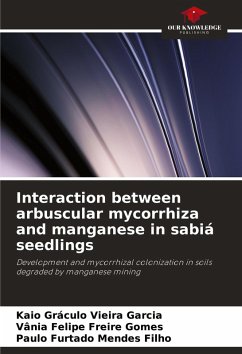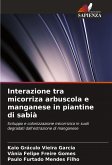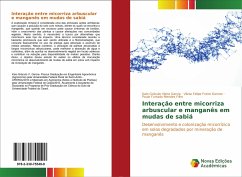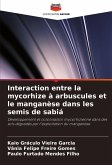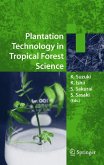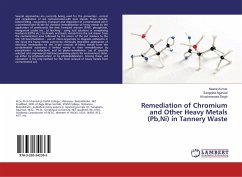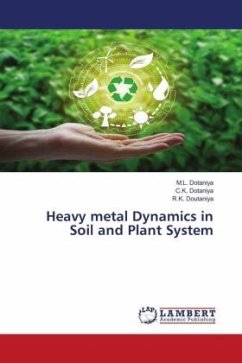Mineral exploration is considered one of the main anthropogenic actions that cause soil pollution with metals, including manganese, which when in excess can cause toxicity symptoms, inhibit plant growth and cause changes in plant communities. The search for alternatives to minimize this type of impact is therefore necessary. A recent and very promising technique that has been used is phytoremediation, which basically consists of using plants to absorb and accumulate heavy metals. In this context, the use of plants associated with arbuscular mycorrhizal fungi can improve the absorption of water and nutrients, as well as aiding plant development in adverse locations and helping to reduce the availability of heavy metals. The aim of this study was to evaluate the effects of mycorrhizal inoculation on the development of sabiá seedlings in soils impacted by manganese mining.
Bitte wählen Sie Ihr Anliegen aus.
Rechnungen
Retourenschein anfordern
Bestellstatus
Storno

